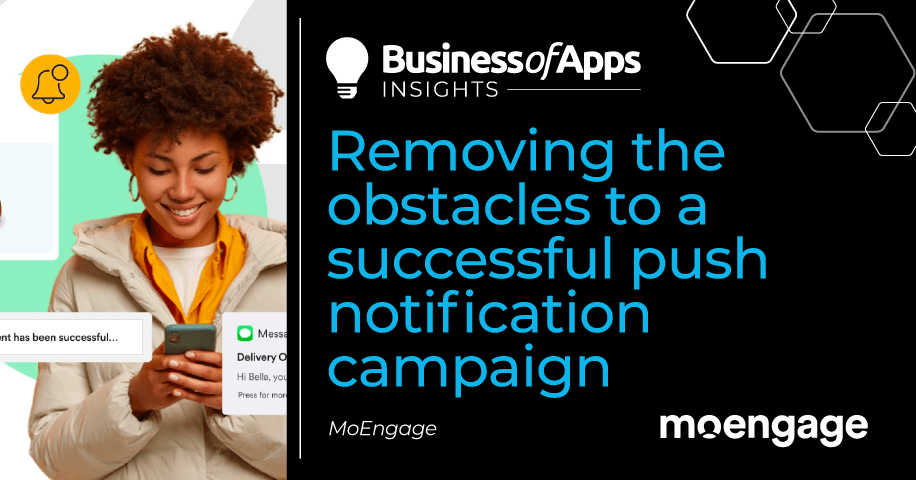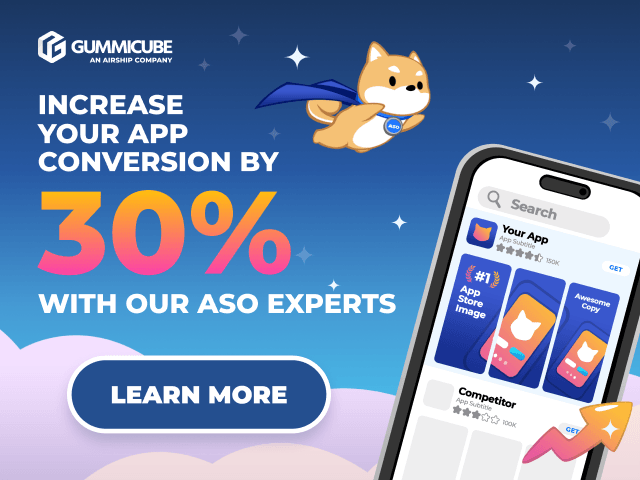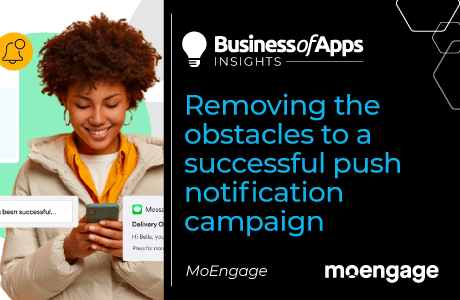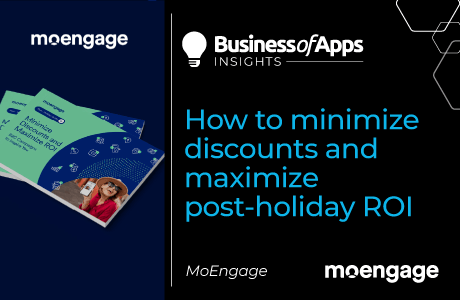Push notifications are one of the most popular customer engagement channels for brands to reach and retain users. From increasing brand loyalty to reducing cart abandonment, marketers can use highly targeted push notifications to move customers down the funnel, increasing the likelihood that they will take the desired action. A powerful strategy for implementing personalization at scale, push notifications enable marketers to communicate in short, impactful sessions using timely, relevant messaging.
However, there are varying degrees of deliverability that call into question the reliability of this channel. Not all push notifications reach the intended users. The average delivery rate for push notifications is around 85%.
We conducted extensive research to identify the leading factors for the successful delivery of push notifications on Android phones. We studied 750 push notification campaigns on Android devices, reaching 70 million Android users. Based on the findings from this project, we identified some of the top obstacles for brands in any global region as they attempt to reach customers with push notifications.
App activity
This attribute is at the top of the list. Our research shows that push notifications influence 20% of all mobile app opens. Mobile app activity is the key to push notification success. When a brand launches a push notification campaign, the details are sent to cloud messaging platforms such as FCM (Firebase Cloud Messaging) and APNS (Apple Push Notification Service).
These cloud platforms help deliver the notification to an app user’s device. Cloud messaging platforms accept all the notifications sent by the brand marketer. However, the platform can decide not to send certain messages to user devices that have deleted a corresponding app, dismissed a previous push notification, are inactive, or are not connected to the internet.
A user’s activity on a mobile app is a strong indicator of how they interact with related push notifications. Long periods of inactivity can indicate that the user isn’t as interested as they once were. It’s even possible the user has uninstalled the app. Marketers should focus on tracking the volumes and recency of a user’s activity, such as launching an app after downloading it or successful in-app transactions. This activity will inform your strategy for sending push notifications to keep users interested.
User location
There’s an old saying in real estate: Location, location, location. The same is true for engaging customers via push notifications. Our research compared delivery rates in “Tier 1” cities to “Tier 2” cities or other more rural locations. We found that push notifications sent to devices in Tier 1 cities have a higher delivery rate than in Tier 2 and other cities.
We believe this is because of the relatively larger volume of mobile devices, improved network connectivity, and abundance of internet access in most Tier 1 cities. Since it’s necessary for a mobile user to be connected to the internet to receive a push notification, a device’s network can impact delivery. As the infrastructure in Tier 2 and lower cities improves, brand marketers can look forward to a rise in push notification delivery rates.
Device manufacturer
Overall, 30% of push notifications never reach their destination due to Original Equipment Manufacturer (OEM)-related reasons. Many mobile device manufacturers that use a custom operating system (OS) have built stricter battery optimization algorithms to force-stop mobile apps or disrupt the background usage process. Disrupting the background usage cuts off the Google Cloud Messaging (GCM)/Firebase Cloud Messaging (FCM) notification delivery services, resulting in delayed delivery or no delivery at all.
The study noted a very distributed impact of OEMs on push notification delivery rates. For example, devices made by Samsung and OnePlus had a positive effect on delivery rates, while Huawei, Oppo, and Vivo devices had a significantly negative impact on delivery rates. Chinese-made OEM devices drastically affect push notification deliverability. This may be due to the way Chinese OEM devices handle background processes in order to optimize the performance of the mobile phone’s battery.
Age of Android OS
Most of the devices considered in our study (62%) have an Android API version of 28 and higher, and we observed the highest delivery rate in Android 10 with API version 29. The latest Android OS version (starting from Android P) scores each app based on how many times and how recently a user has interacted with it. The newer Android OS either decreases the priority or stops running background services for any low-activity apps. This can impact push notification delivery to disengaged users. Android P also recommends blocking an app’s push notifications if a user has dismissed them too often.
User engagement and retention are a big challenge for any mobile app. It’s easy for consumers to uninstall an app when it no longer holds their interest. But brands can find success with push notifications once they identify and clear any obstacles to reaching their target. The more users that brands can successfully reach with push notifications, the more engagement they can drive.
Improving mobile marketing results
The primary takeaway for mobile marketers is to improve the app activity of their users. Successful push notification delivery, every time, is closely tied to frequent engagement. It starts with identifying the right user segment, knowing the best time to send messages, and creating the best message to send to each user—the more personalized the message, the better the results.
In addition to sending high-quality, personalized messages, it’s also essential for brand marketers to focus on quantity or the number of notifications sent to users. The volume of push notifications can either negatively or positively impact activity. Be sure to track user activities such as app launches, registrations/signups, products viewed, categories browsed, cart status, and notification opt-outs. For each of these, a corresponding push notification will look different.
One mistake many marketers make is disregarding the value to the customer. Too many irrelevant notifications will prompt your intended audience to turn off notifications for an app or uninstall it altogether. Your notifications must offer the most customized content and deals for the customer. The goal is to make them feel that this offer was created just for them. Ensure your marketing platform not only collects relevant data but analyzes and provides useful insights for intelligent decision-making.













